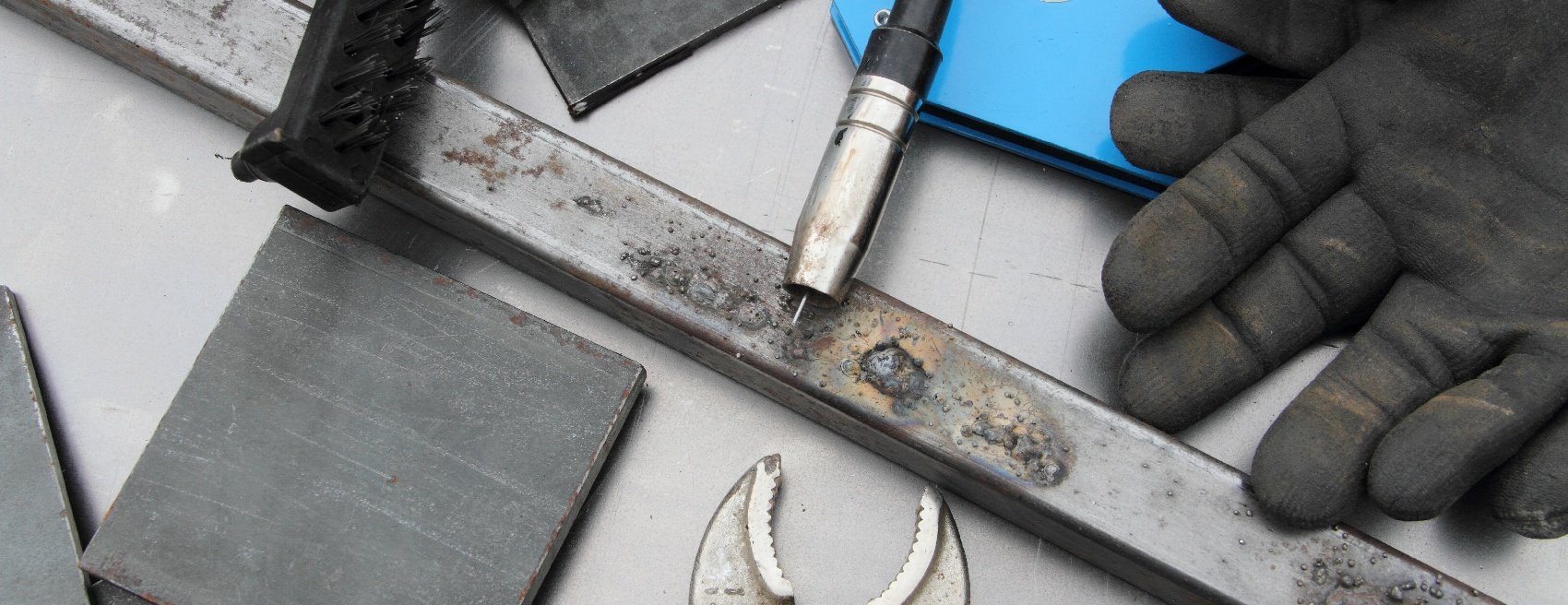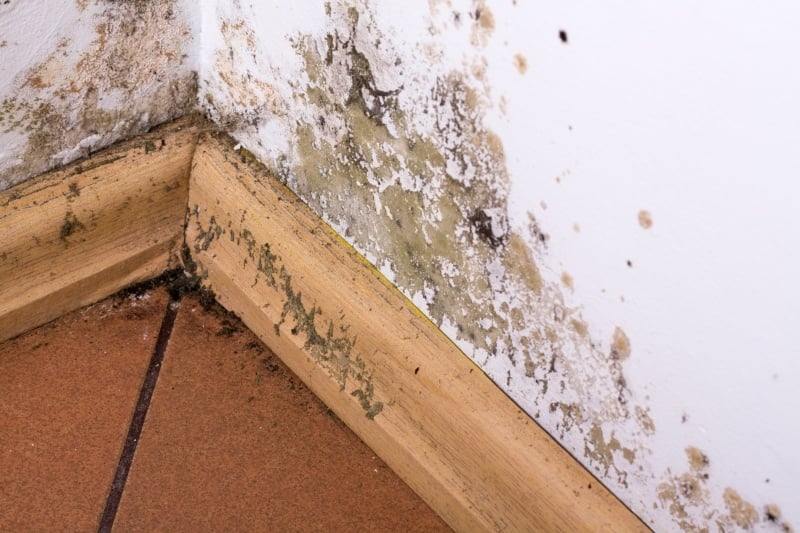How to Store and Re-Dry Your Electrode

Moisture meter electrodes can be a critical tool for getting the most use out of your moisture meters. These specialized probes can be incredibly varied depending on their specific application, taking many different shapes and sizes adapted to specific use conditions.
Considering how useful electrodes can be for testing moisture content in various situations and materials, it’s important to take proper care of them. For example, when your moisture meter’s contact pins and probes are in use, how are you storing them? Are you cleaning them off after each use to keep moisture and material residue off of them?
Proper care can help you extend the useful life of your moisture meter electrodes so you don’t have to replace them as often. With this in mind, here are a few tips for storing, cleaning, and properly using moisture meter contact pins and electrodes.
Electrode Care Tip #1: Don’t Use Excessive Force to Penetrate Materials
One of the most common reasons a moisture meter electrode breaks is that it was forced too hard into a sturdy material. The longer the electrode, the more likely it is to break if forced through tough materials. For example, trying to shove the long 835-series probe into concrete generally doesn’t work out well.
If you need to test moisture in tougher materials with a pin meter, it may be better to drive a set of ductile nails into the material and touch the pins of the meter to the nails. This lets you check the moisture content of tougher materials without placing excessive wear and tear on the meter’s electrodes or pins.
Electrode Care Tip #2: Drying Off a Moisture Meter Probe
While used to test for moisture in various materials, moisture meter probes should not be left to soak in water for too long. When you’re done using the electrode for a while, you should try to clean off any excess water and debris with a clean, dry cloth.
Microfiber cloths are especially useful for removing water and dirt, but even just a clean hand towel should suffice. If there is especially stubborn dirt or debris on the probe, a moist paper towel or a biodegradable cleaner can be used to scrub the surface. Follow this up with a dry cloth to remove any water.
Electrode Care Tip #3: Storing Moisture Meter Electrodes
When not in use, moisture meter electrodes should be stored in your moisture meter case, if possible. This can help to keep the electrodes safe from excessive water, dust, and other contaminants between uses. It also helps to keep the electrodes safe from impacts during transit.
However, some moisture meter probes are far too large for a standard moisture meter case. For these plus-sized electrodes, it may be necessary to set aside space in a large-sized toolbox or to place them on a rack custom-made for the purpose. If you cannot store an electrode in a case, it is usually a good idea to check it periodically and wipe it down with a dry cloth.
Electrode Care Tip #4: Do Not Leave Electrodes Imbedded in Materials for Too Long
In some situations, it may be convenient to leave a moisture meter electrode buried in a material for a while. Some electrodes, like the 12-E paper pulp electrode or the 1986 bale chamber sensor, excel at being left in place to take multiple moisture readings over time. However, users should not simply leave these electrodes in place all day, every day.
Every now and again, it’s important to remove the electrode from the material being tested and give it a good cleaning. This helps prevent the electrode from rusting prematurely—prolonging its useful life and preserving the meter’s accuracy.
Need some more specific moisture meter electrode care tips? Reach out to the team at Delmhorst for more help and advice!
Subscribe to Our Blog
Post Related

4 Ways Moisture Meter Electrodes Make Your Life Easier


